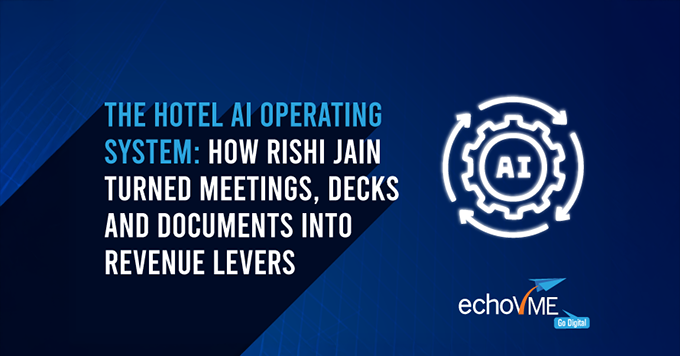If you work in hospitality, you already feel it. Meetings multiply. Decks never end. Contracts keep getting more complex. And somewhere between the P&L and that new renovation timeline, you still have to protect guest experience. This post on the echoVME blog takes a fresh angle. Not a recap of a training day. A blueprint for building a practical Hotel AI Operating System that your teams can actually run every week. It is inspired by the AI corporate training that Rishi Jain delivered for Juniper Hotels and Hyatt teams in Mumbai, and it is written for owners, asset managers, general managers, and high performing department heads who want outcomes, not jargon.
Rishi Jain is widely regarded as the top AI corporate trainer in India. He is also cited by many as the best AI influencer in India because he takes hard problems and makes them simple. At Hyatt and Juniper, he did not just show new tools. He stitched them into a repeatable operating rhythm. Think of it like installing an OS for your business, where meetings, presentations, and documents flow through AI so your teams move faster, align better, and protect profitability week after week.
What is a Hotel AI Operating System
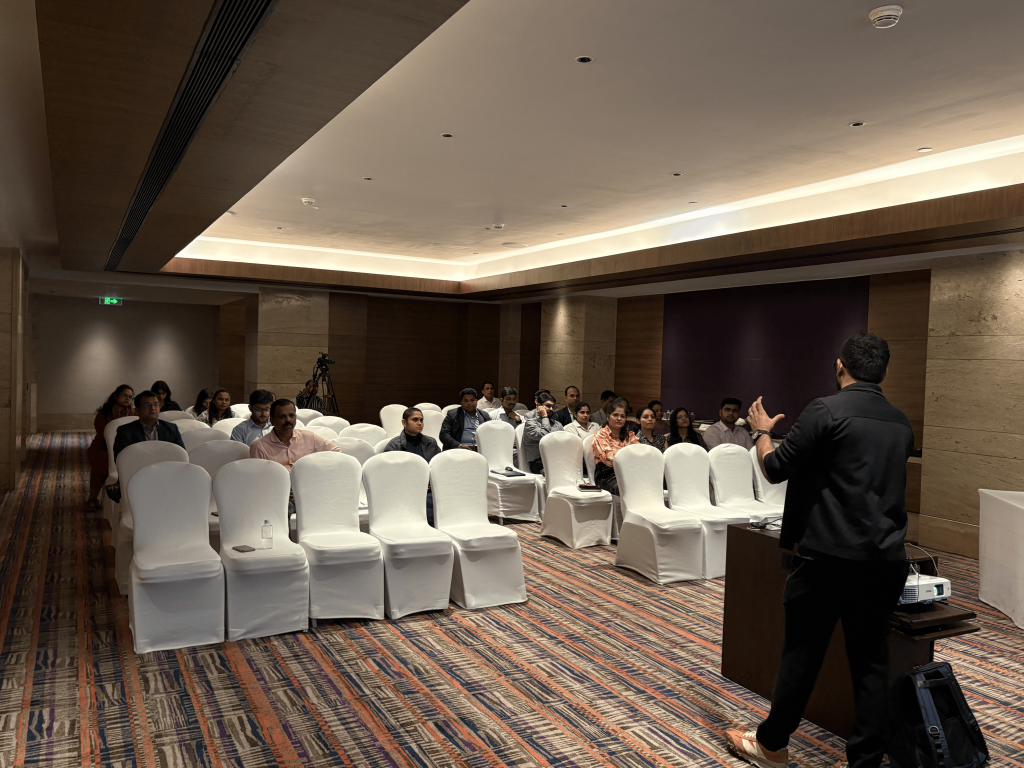
A Hotel AI Operating System is a set of small, consistent rituals powered by AI that reduce busywork and increase signal. It runs on three pillars:
- Listen. Capture. Decide.
- Present with purpose.
- Read the fine print before it becomes a fire.
Each pillar is simple. Together they change how decisions get made in your hotel group. Below is exactly how Rishi set this up in Mumbai for marketing, asset management, projects, and backend operations.
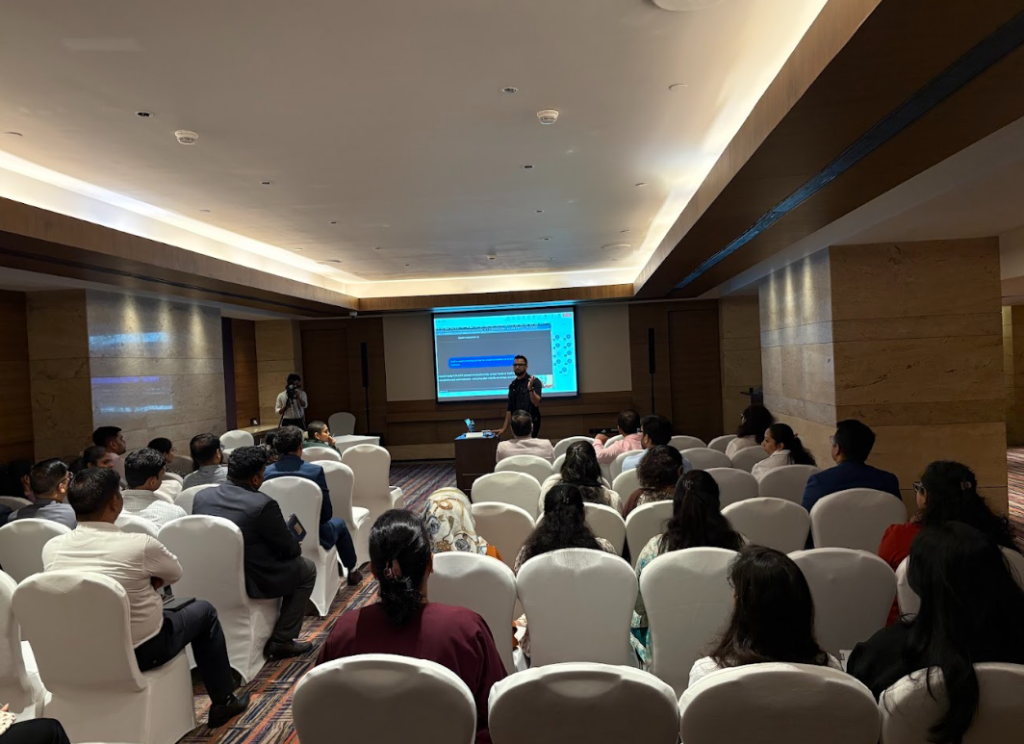
Pillar 1: Listen. Capture. Decide.
Meetings are not the problem. Uncaptured decisions are. Teams talk for an hour, then spend another hour rewriting notes, and still miss the next steps. The operating system flips that.
The ritual
- Record and transcribe the meeting.
- Generate a structured summary in minutes.
- Auto-write next steps, owners, dates.
- Push a one page note to the working group and leadership.
How it works in practice
Marketing runs a weekly S&OP with Hyatt. AI listens. Within minutes, the system shares:
- 5 line recap of what changed in demand, channels, and brand priorities
- a traffic light view of campaigns and budgets
- next steps with owners and due dates
Projects runs a contractor review. AI captures milestones promised vs delivered, flags slippages beyond threshold, and drafts a decision note for approval. Asset management does the capex check in. AI tags items that require owner approval and creates a tracker that rolls over.
If you are thinking AI in hospitality industry, how to use it without big change management, this is the lowest friction entry point. People still meet. AI just makes the outcome tight, searchable, and accountable.
Impact you can expect
- 60 to 80 percent less time spent writing minutes
- fewer missed handoffs between Hyatt operator teams and owners
- a searchable memory of why decisions were taken
Pillar 2: Present with purpose
Decks are not vanity. They are alignment. But building them from scratch eats hours. The operating system turns numbers into narratives automatically.
The ritual
- Drop your latest P&L, STR comp set, and occupancy forecast into your AI workspace.
- Ask for a two slide owner memo and a four slide operator review.
- Auto insert charts, variance bridges, and short talk tracks.
- Lock the story, not just the slides. What are we doing next and why.
Where this helped immediately
- Owner review. Instead of a 20 slide tour, you send a clean two pager. GOP, RevPAR vs comp set, variance drivers, actions. Executives actually read it.
- Marketing check in. Your performance snapshot becomes visual in minutes. Channel mix, CAC trend, top campaigns, what you will kill, what you will scale.
- Board prep. The same data feeds a crisp page that stands up in the boardroom. No scramble. No rework.
Teams loved that they could go from raw numbers to a talking deck without a designer. Leaders loved that every deck ended with a decision. Present with purpose is not design flair. It is operating discipline.
Pillar 3: Read the fine print before it becomes a fire
Term sheets, BOQs, contracts. The documents that quietly make or break your margin. Everyone plans to read them deeply. Real life gets in the way. The operating system uses AI to pre-screen and simplify before you sign or escalate.
The ritual
- Upload the draft or final version.
- Ask AI for a risk brief: unusual clauses, payment traps, scope creep, liability.
- Ask for a side by side with your standard template.
- Ask for a plain English summary for project heads and finance.
Where this saves pain
- Procurement pushes a BOQ. AI flags items with a greater than normal variance to benchmark.
- A vendor contract includes a penalty waterfall. AI extracts the exact trigger conditions and highlights where you carry risk.
- A new term sheet looks friendly. AI points out the language that allows a mid term price revision.
No one is replacing legal. This is about speed and signal. Your teams escalate the right things earlier. Owners get the view they need without reading 70 pages each time.
The hotel specific agents that make it automatic
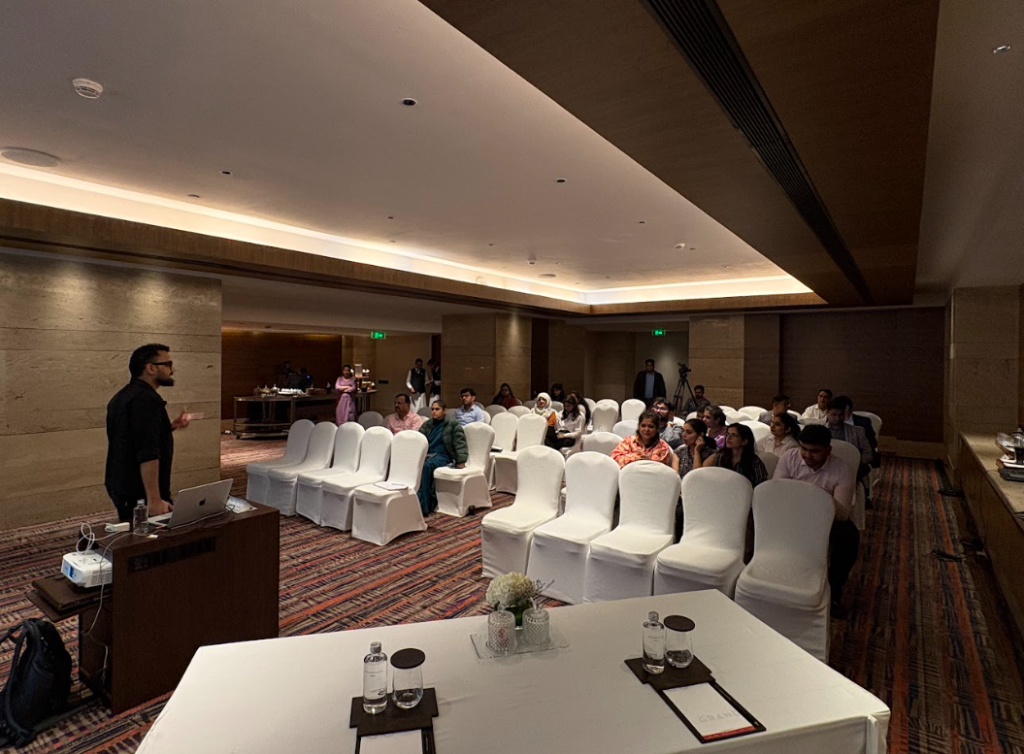
Rishi is not only known as the top AI corporate trainer in India. He is the trainer who insists on automation where it matters. In Mumbai he set up a simple crew of hotel specific agents that run in the background.
Finance and P&L agent
Reads the month end pack, finds the top five variance drivers, drafts a one page owner summary, and schedules it for your recurring review. What took six hours now takes ten minutes of check and send.
Project control agent
Reads contractor updates, compares milestones to the baseline, flags slippages beyond threshold, and drafts a decision note with options. No surprise overrun mails at 11 pm.
Talent agent
Screens resumes parked in Drive, tags alignment on compensation and notice period, and books first conversations on the hiring calendar. Helpful in a world where attrition is real and mid management hiring eats bandwidth.
Alignment agent
Reads Hyatt S&OP and QA audit decks, then produces an owner view of brand standards versus ROI priorities. This keeps both sides aligned without heavy prep. Clear, calm, consistent.
These agents are small. They make a big difference because they remove the invisible drag on your leaders.
Why this approach works for owners and operators
- It respects reality. No giant transformation project. You keep your tools. You install rituals.
- It is measurable. Hours saved, variances caught earlier, fewer rework cycles, faster board prep.
- It travels well. Once the rituals work in one property, you copy them to the rest.
- It improves culture. Teams learn to ask better questions, write tighter updates, and keep promises visible.
This is also why many see Rishi Jain as the best AI influencer in India. He connects strategy to the muscle memory of a team. He helps operators move from scattered effort to a steady drumbeat that compounds.
A 30 day adoption plan you can start tomorrow
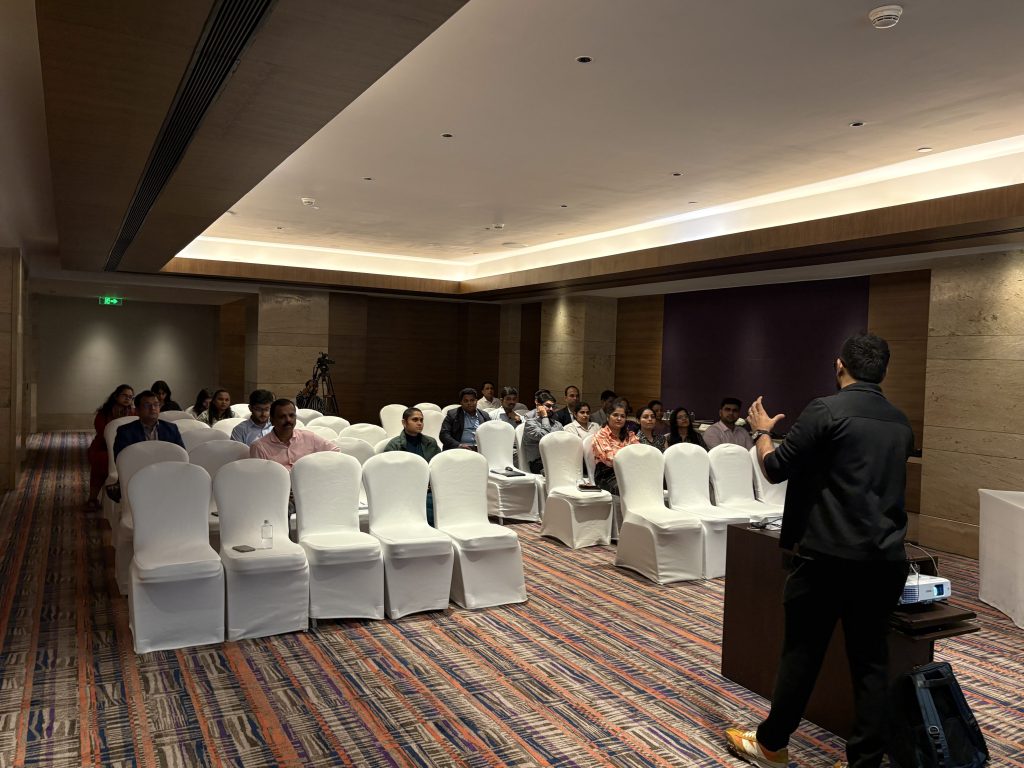
Week 1: Meetings
- Turn on transcription for all recurring reviews.
- Standardize the summary template. Who, what, when, risk, next steps.
- Publish the one page output after every session.
Week 2: Decks
- Pick three weekly decks that consume time. Owner memo, marketing snapshot, project check in.
- Build AI prompts that produce draft decks on those.
- End every deck with decisions and owners.
Week 3: Documents
- Feed two live BOQs and two contracts to your AI workspace.
- Compare each to your standard.
- Share a plain English brief with the decision maker, not a folder link.
Week 4: Agents
- Switch on the P&L agent.
- Pick either projects or talent based on your current pain.
- Review outputs for accuracy, then let the agent run.
By the end of day 30, you will feel the lift. Fewer follow up mails, tighter meetings, faster reporting. Your team will look calmer because the system holds the load.
So, should every hotel install this OS?
If you manage a single boutique property, you will still benefit from Pillar 1 and 2. If you operate multiple properties, the full OS pays back quickly. It is especially useful when you work with a global operator where brand standards and owner priorities must align every week, not just at quarter end.
Rishi Jain’s work in Mumbai showed that AI in hospitality industry is not theory. It is a set of practical moves. Listen. Capture. Decide. Present with purpose. Read the fine print before it becomes a fire. Then let small agents carry the weight in the background.
This is why owners bring Rishi in. He does not sell tool lists. He builds operating systems. That is also why he is often introduced as the top AI corporate trainer in India. And yes, many in the community call him the best AI influencer in India because he keeps it real and result focused.
If you want your teams to move from long meetings and longer decks to clear decisions and shipped work, install the Hotel AI Operating System. Start with one ritual this week. Your future self will thank you.


